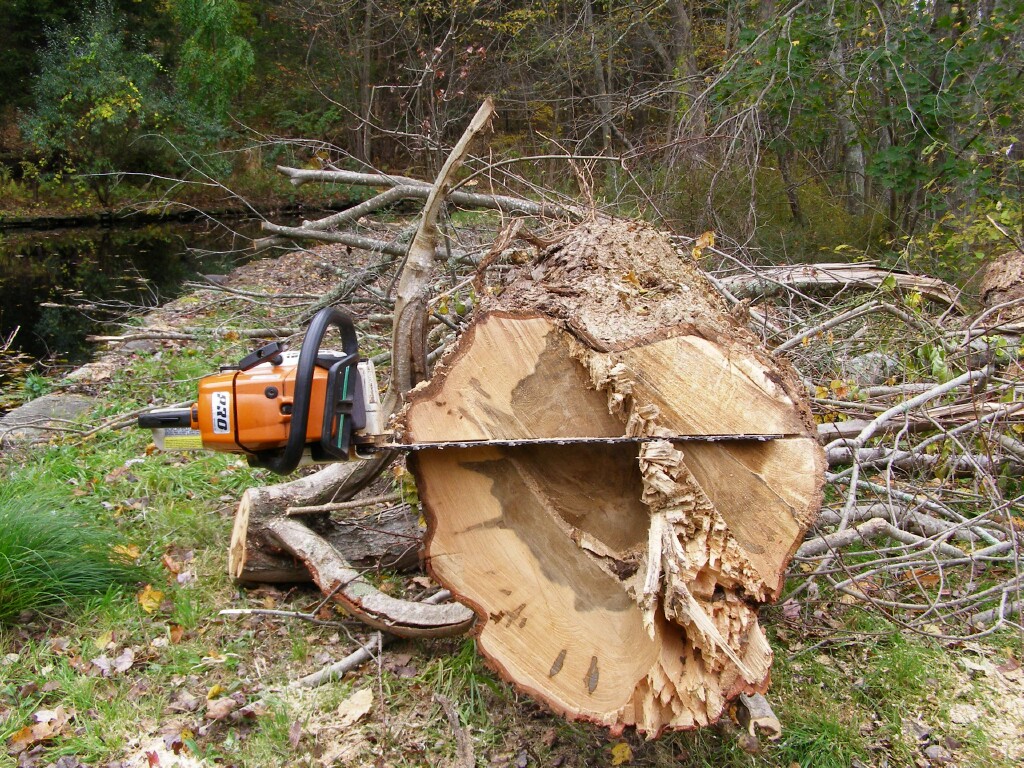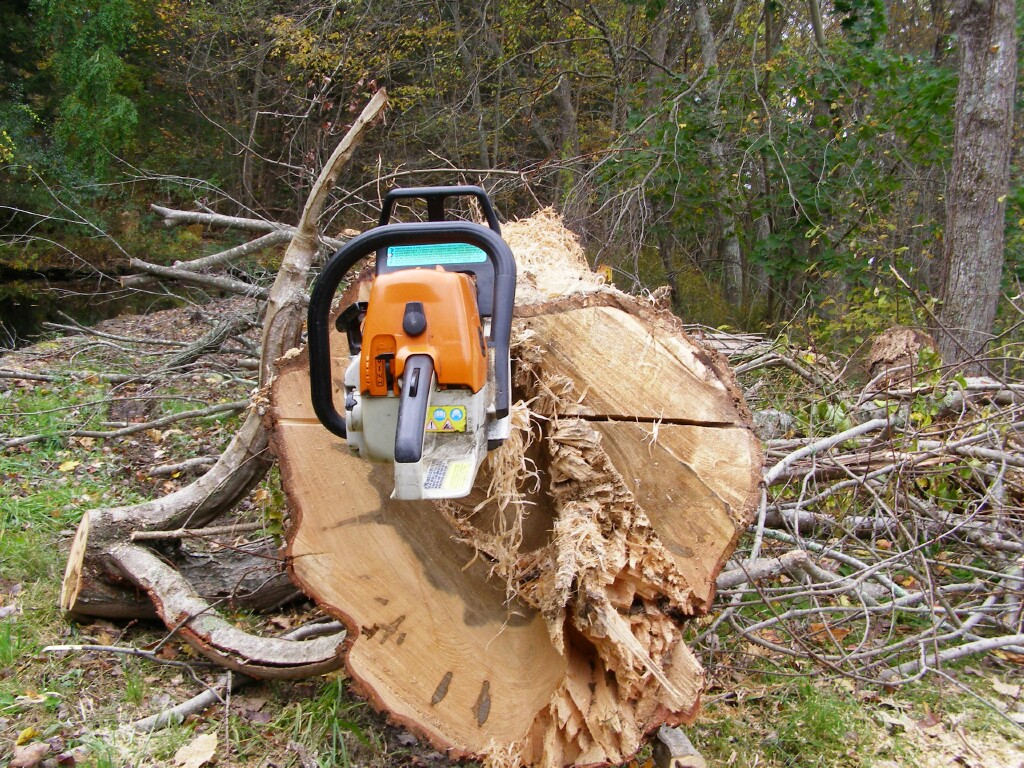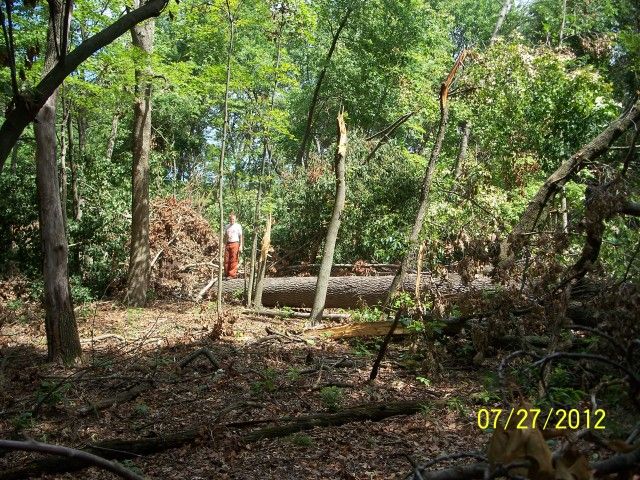This is probably a silly question, but here goes. What is the correct way to noodle a round?
Set it so that you are cutting with the grain (i.e. with the dogs against the cut edge) or:
Stand the round up so the dogs are against the bark and cut down?
Rounds will be 16" long.
I'll have some pretty good sized rounds to whittle down later on this Spring. I can fit a piece of wood that is almost 9" tall in my insert, so I thought that I'd make some blocks so I'll have larger pieces to put in the last loading at night before going to bed.
Red Oak.
I have a Dolmar 7900 that I'll be using. 24" and 32" bars, what chain should I throw on? regular or skip? Semi chisel or full chisel? I guess the orientation of the round will dictate what bar to use. These rounds are big.....
Set it so that you are cutting with the grain (i.e. with the dogs against the cut edge) or:
Stand the round up so the dogs are against the bark and cut down?
Rounds will be 16" long.
I'll have some pretty good sized rounds to whittle down later on this Spring. I can fit a piece of wood that is almost 9" tall in my insert, so I thought that I'd make some blocks so I'll have larger pieces to put in the last loading at night before going to bed.
Red Oak.
I have a Dolmar 7900 that I'll be using. 24" and 32" bars, what chain should I throw on? regular or skip? Semi chisel or full chisel? I guess the orientation of the round will dictate what bar to use. These rounds are big.....








